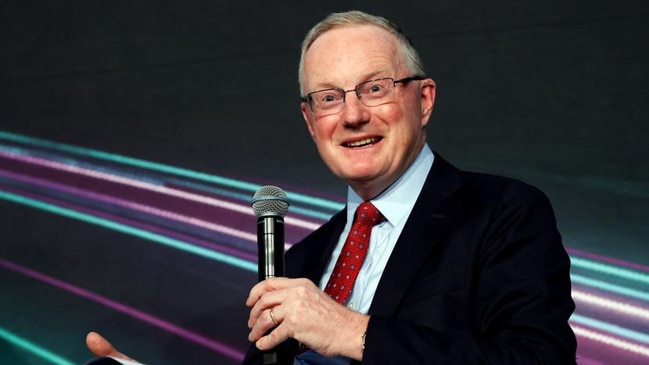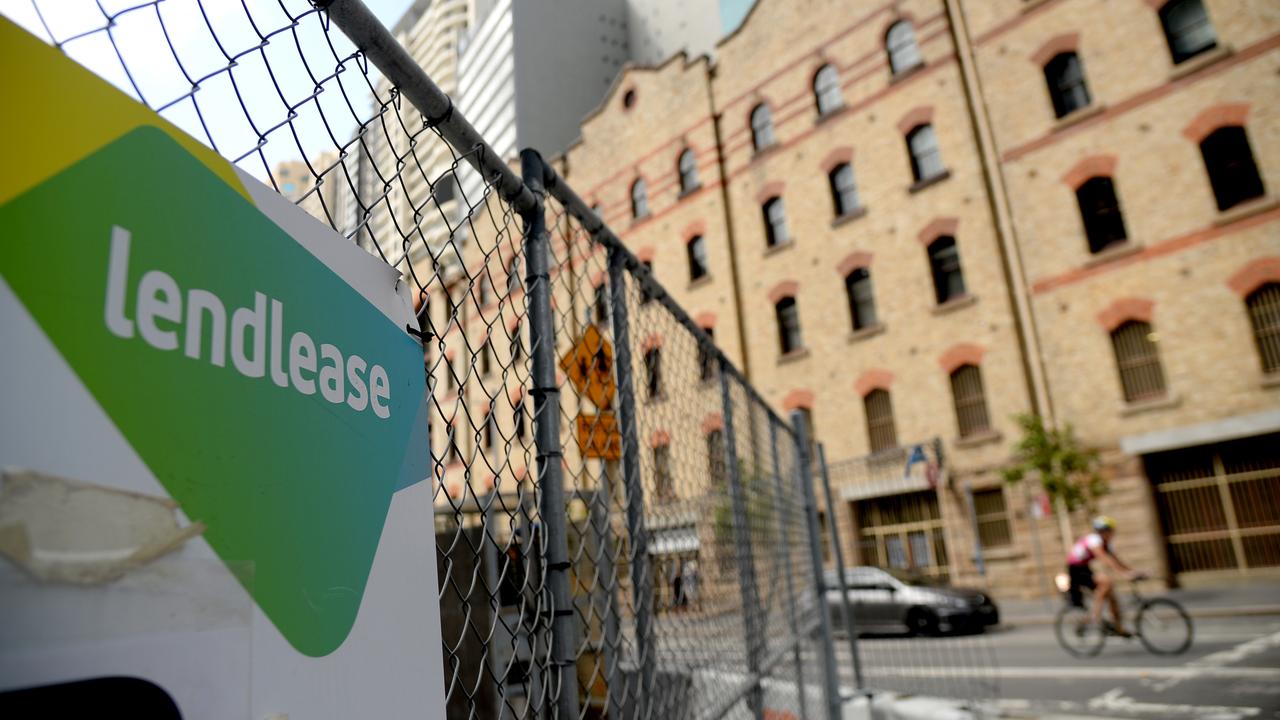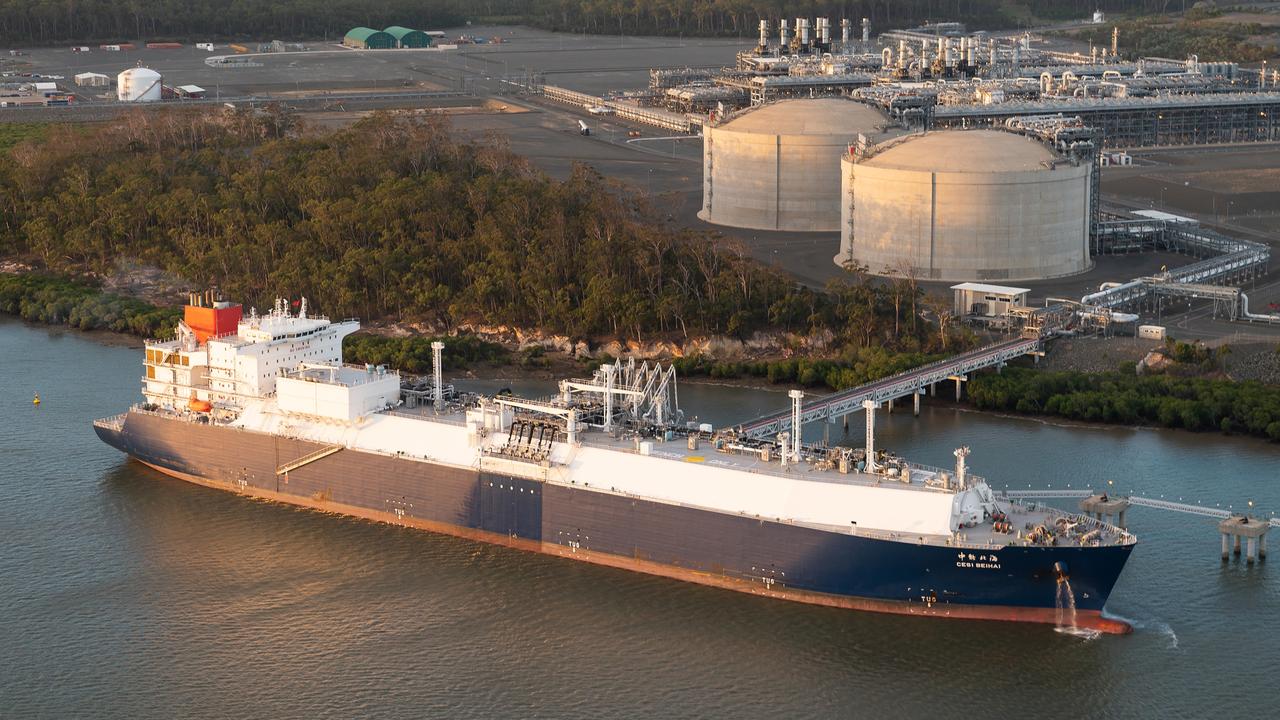
I now have to tell you, do not assume that this is the end of rate hikes; that the next move will be a cut, as too many forecasters are jostling to predict.
The next all-important stop is the May meeting – entirely coincidently, exactly one week ahead of the federal budget.
They are precisely not connected. The budget will not be influenced by what the RBA does the week before.
It’s locked in by the combination of revenue windfalls, courtesy of massive and extraordinarily lucrative CO2-pumping exports to China, and crude Labor politics. Equally, the RBA will not take the slightest regard for what might or might not be in the next week’s budget.
Now, this aside, the May RBA meeting will not be an ‘ordinary’ monthly meeting.
It will be pivotal to what the RBA does with rates through the rest of the year; and so of course what is likely to happen to the economy.
It is one of four meetings in every year which come straight after the latest quarterly inflation data, published by the ABS the week before. It is also one of four meetings where RBA staff have prepared detailed forecasts of the economy out two years.
The critical point is not that the RBA has some magically accurate crystal ball.
The last three years have shown how fallible its experts are, like all the other experts. And I’m not just talking about economic experts.

The critical point is that what the RBA thinks is going to be happening to the economy drives what it does with interest rates.
What makes this May meeting especially pivotal is that it comes after the most crucial CPI data – both in telling us what inflation was (in the March quarter) and feeding into the RBA forecasts – probably this century.
RBA governor Philip Lowe repeated the RBA’s belief that inflation peaked in the December quarter (at 7.8 per cent).
It will drop in the March quarter, on an annual basis. The partial January and February monthly numbers suggest that.
If the numbers confirmed the RBA’s expectation, it would most likely pause again. If the inflation numbers surprised on the low side, it would certainly pause again; and most probably pause again in June as well.
All subject to one big qualification: what is happening to wages.
What happens to rates going forward is all, and I mean all, about what is happening to wages.
As Lowe said again Tuesday wages were picking up, but at the aggregate (overall) level, growth was “still consistent with the inflation target” – getting inflation back below 3 per cent.
But he added one huge qualification: “provided that productivity growth picks up”.
The huge rebound in migration helps moderate wage pressures.
But it doesn’t do much for productivity.
And most critically we now have three Labor governments – Federal, NSW and Victoria – loosening wage controls.
Add in oil prices and the febrile global context and we – and the RBA - have to take this one month at a time.




I told you a month ago, right after the March meeting, that the Reserve Bank would pause at this meeting.